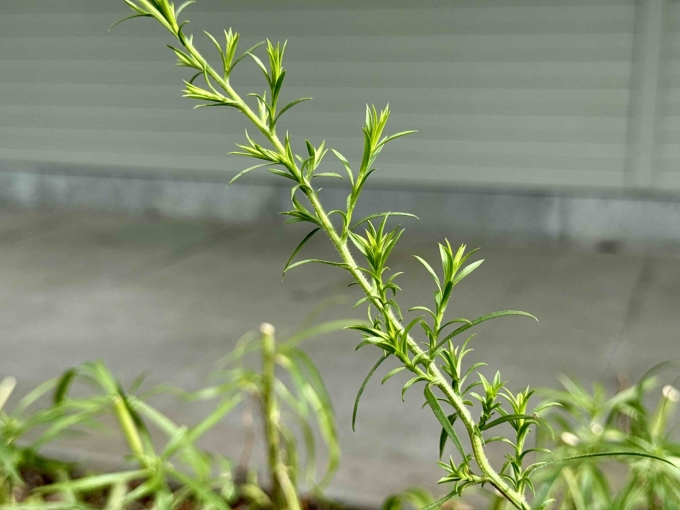Common Name: Fireworks Goldenrod
Family: Asteraceae
Plant Type: Herbaceous Perennial
Native Range: Eastern North America; cultivar of Solidago rugosa, which ranges into eastern Nebraska
Hardiness Zones: 4–9
Height: 2.0 to 3.0 feet
Spread: 2.0 to 3.0 feet
Bloom Time: Late summer to fall (August–October in Nebraska)
Bloom Description: Arching sprays of tiny, bright yellow flowers that resemble cascading fireworks
Sun Exposure: Full sun to light shade
Water Needs: Medium
Soil Preference: Moist, well-drained soil preferred but tolerates average garden soils
Maintenance Level: Low
Suggested Use: Pollinator gardens, borders, rain gardens, naturalized plantings
Attracts: Bees, butterflies, beneficial insects, birds (seeds in fall)
Tolerates: Clay soils, deer, periodic wetness, heat
Notable Features: Graceful arching form, brilliant late-season color, excellent pollinator plant
Nebraska Growing Notes:
‘Fireworks’ is a well-behaved, clump-forming goldenrod cultivar that performs beautifully in eastern Nebraska gardens, especially in areas with moderate moisture and good drainage.
Unlike some goldenrods, it does not spread aggressively, making it ideal for smaller beds or more formal plantings. It tolerates clay soils, heat, and occasional dry spells, though it thrives with regular moisture during hot, dry stretches.
Its distinctive arching sprays of yellow flowers bring color, texture, and critical late-season nectar and pollen to pollinator habitats. Leave seed heads through fall and winter for wildlife value and ornamental interest.
Landscape Use:
Excellent in pollinator gardens, borders, rain gardens, and naturalized plantings. Pairs beautifully with asters (Symphyotrichum oblongifolium ‘Raydon’s Favorite’), Echinacea, ornamental grasses, and Rudbeckia.
Its arching habit makes it a good mid-border plant or massed for a golden swath of color.
Caution:
Non-toxic and wildlife-friendly. May flop slightly in overly rich soil or shade—plant in full sun and avoid excess fertilizer to maintain sturdy stems.
Garden Locations:
Sources:
https://www.missouribotanicalgarden.org/PlantFinder/PlantFinderDetails.aspx?kempercode=m400

